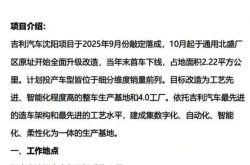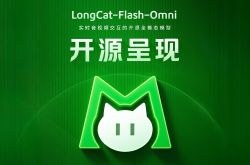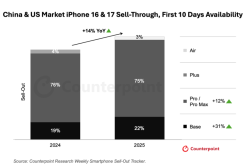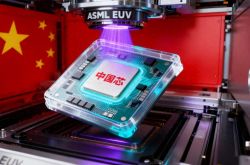The Evolution of E-commerce: AI, Stock-Driven, and Unified Model Signal a New Era
![]() 08/28 2025
08/28 2025
![]() 445
445

The onset of new competition in e-commerce, epitomized by the food delivery wars, underscores a paradigm shift. The conventional notion of e-commerce is now obsolete. Adhering to traditional mindsets will hinder our comprehension of its evolving essence and significance. Historically, e-commerce was driven by incremental market logic. However, the sector has long surpassed this framework, embarking on a fresh developmental trajectory.
So, what governs e-commerce's current developmental trajectory? In my view, it's a new epoch defined by cutting-edge technology, innovative models, and strategic shifts. AI is supplanting traditional e-commerce technology, decentralized models are replacing centralized ones, and industrial collaboration is overtaking isolated strategies. Recognizing and leveraging these transformations presents the sole path to unlocking new growth opportunities.
Failing to grasp this transformation and persisting with outdated models or logics will not only preclude benefiting from e-commerce's evolution but might lead to obsolescence. Embracing the profound changes within e-commerce and aligning our strategies accordingly is crucial for advancing to a new developmental stage.
The Stock Market Replaces the Incremental Market
Reflecting on e-commerce's history, it's evident that the incremental market once reigned supreme. From the proliferation of e-commerce models to the relentless pursuit of new customers, all centered around growth. In this era, identifying and converting new market segments were paramount.
Both established and emerging e-commerce players thrived by tapping into the incremental market. Traffic remained the linchpin, whether through transforming traffic channels or segmenting and analyzing user groups. However, as the incremental market nears saturation, relying solely on growth strategies presents increasing challenges. Stagnating revenue, intensifying competition, and a plateauing market size are telltale signs of this shift.
To navigate this dilemma, a transition from incremental to stock market-driven models is imperative. The ongoing food delivery wars exemplify this shift, where players experiment with stock market-centric strategies. Unlike the incremental market's focus on expansion, stock market strategies emphasize vertical integration, deepening industry ties, and exploring new growth avenues through enhanced integration.
AI Replaces the Internet
The internet has been instrumental in e-commerce's evolution, encompassing technology, models, and thinking. Those who mastered the internet dominated the traditional e-commerce landscape. However, while the internet facilitated e-commerce's integration into daily life, its limitations became apparent—it excelled at disintermediation but struggled with industry transformation, particularly in altering internal dynamics and fostering innovation.
As internet dividends waned and new technologies like big data, cloud computing, and AI emerged, traditional e-commerce faced growing challenges. Merely tweaking the internet without fundamental change is insufficient. The proliferation of e-commerce models post-transformation underscores this, yet few have sustained long-term success. To address these challenges, a fundamental shift in internet technology, models, and thinking is essential.
AI has emerged as a game-changer, reshaping e-commerce from within. It enhances supply-demand matching, upgrades upstream and downstream sectors, and transforms e-commerce platforms. AI is the new engine driving e-commerce growth, replacing the internet. For players aiming to excel in this new era, embracing "AI+" models and fostering innovative e-commerce paradigms are crucial for industry advancement.
The 'Unified Model' Replaces the 'Binary Model'
Previous e-commerce was often characterized by a binary model pitting the virtual economy against the real economy. This fueled the rise of virtual economy-dominated players, transforming consumer behavior and habits while exacerbating imbalances between the two economies.
As e-commerce evolves and the binary model's flaws become apparent, new models combining virtuality and reality, and integrating digital and physical elements, are emerging. Players must navigate this transition, finding ways to blend virtuality and reality, digital and physical, to succeed in this new era.
Today's e-commerce can be described as a 'unified model,' a state of reintegration. Virtual economy players, like e-commerce platforms, are bridging gaps in the supply chain, transitioning from virtual to real. Similarly, real economy players in manufacturing and logistics are embracing AI and digital tools for self-upgradation, catalyzing the real economy's digitization and intelligence.
As the virtual economy embraces the real, and vice versa, the traditional binary model gives way to the unified model. E-commerce too is transforming, moving beyond traditional paradigms and multi-models into a unified framework. This represents another facet of e-commerce's evolution worth noting.
Final Thoughts
Viewing e-commerce through traditional lenses will hinder understanding its current developmental logic. The food delivery wars signify that e-commerce has evolved, transcending traditional bounds. Players aiming to thrive in this transformation must identify new models suited to the current era, shedding reliance on outdated paradigms. Embracing the new e-commerce landscape is the key to transcending past cycles and entering a new stage of development.








